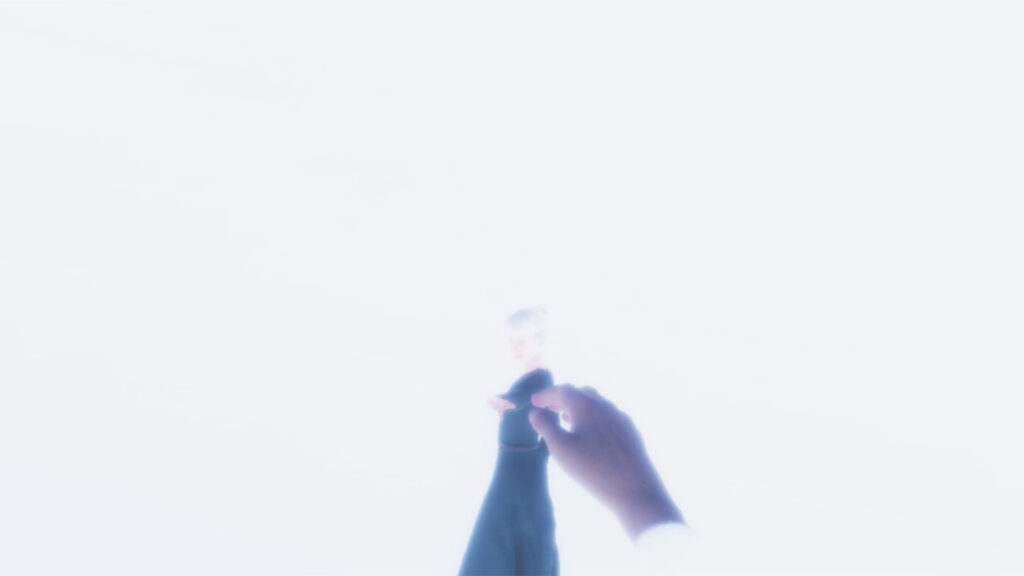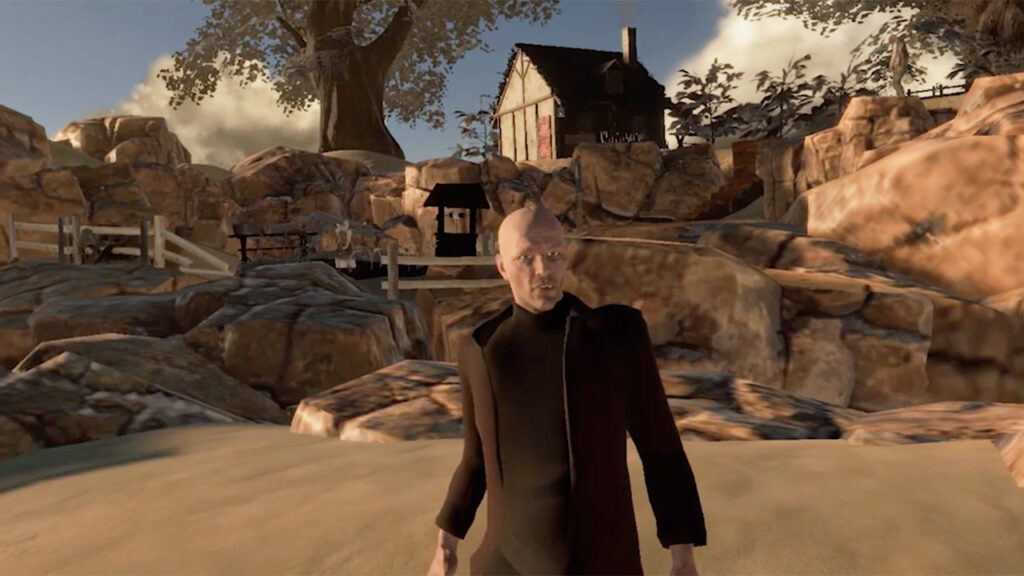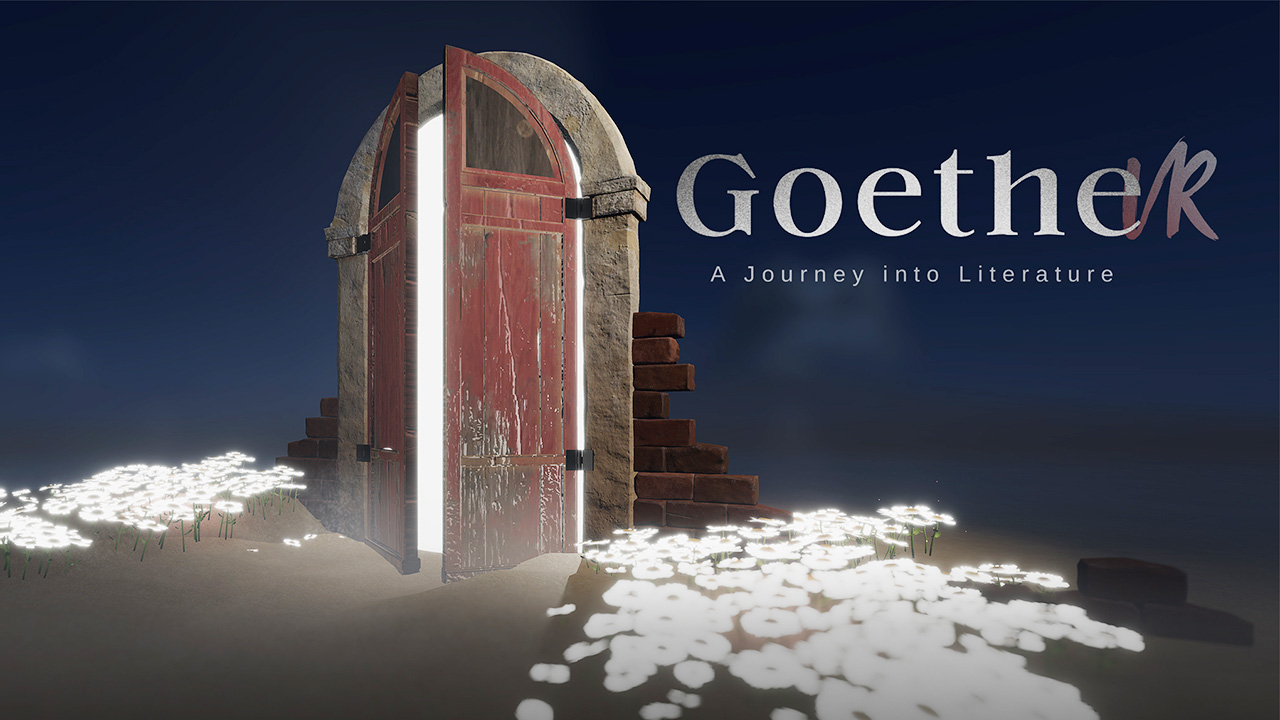Goethe’s celebrated 19th century play Faust explores the pursuit of forbidden knowledge, spiritualism, temptation, and redemption. Considered to be the poet’s defining work, it’s a pillar of German literature, but according to Dr. André Wendler of the German National Library (DNB), it also happens to be “very complicated, old, and hard to read.” It’s exactly why the DNB has lately unveiled Goethe VR, an interactive virtual reality experience, he explains, that aims to “make this complicated literature accessible for all.”
Goethe VR immerses its users in the world of Faust through seven critical scenes animated and produced by German production company ZDF Digital. Besides highlighting the drama’s key characters, leitmotifs, and central conflicts, the experience invites players to participate in the narrative: they’ll get to travel to the Witch’s Kitchen and of course, sign the infamous bargain with the Devil.
Available at the library’s two locations in Leipzig and Frankfurt am Main, Goethe VR features nine languages and 3D audio, and was created in partnership with the German Museum of Books and Writing, the Goethe Institute, and the Goethe Museum.

Goethe VR centers on seven critical scenes from the play, including the meeting with Gretchen and the journey to the Witch’s Kitchen. Images: Goethe VR
Wendler says the installation took approximately three years to create and $200,000 to produce. He also acknowledges that it’s impossible to translate a two-part play into a 15-minute experience, but hopes Goethe VR will inspire new and continued interest in the work. “Since we collect German literature in [the DNB],” he says, “we thought this would be a great idea to introduce it to a younger audience.”
Jing Culture and Commerce spoke to Wendler about how technologies like VR are expanding the world of literature.
What were the challenges of translating Faust into a VR experience?
I don’t know how many hours we spent deciding what scenes to take. There are like 30 or 40 different scenes, and everybody thinks there are things you cannot leave out. Usually, [audience members] sit passively watching the play, so the hard part was interactions. We had many different ideas, but decided [players] would experience it from Faust’s perspective. It was very difficult bringing the right amount of interaction into a normally passive play and choosing which interactions you want to have.

Interactivity is built into the experience, allowing users to participate in the narrative. Image: Goethe VR
Do you see VR being a popular future tool with which to explore literature?
I wish I could say yes, but I have to say no. The bar to producing [VR experiences] is very high. It’s also quite difficult to show these experiences in museums, because you need to help people to put on the VR gear. I think the technology can be very special for certain institutions and museums, but it is not going to be large scale for many museums. I wish it were different, because it’s really fascinating.
What are some ways that institutions can make literature more engaging and immersive?
I think it’s the wrong attitude to think we have to transform literature into something else. Getting people to sit down, read, and meet characters from a fictional world — that’s what literature always will be. But people need a reason to read the book, and museums and libraries can give those reasons. That’s what we’re trying to do here. If someone walks out of the VR experience, and says, “Wow, that was interesting,” or “that was crazy,” or “that was nice, I want to read more of it,” then we have done our job. But we cannot substitute the reading.



